Weighted Baseballs, Safety, and Consequences

The larger and larger support that weighted baseball training is gaining not only on the Internet but in professional baseball is something that I could not have predicted years ago when I started this journey. That being said, there are serious risks when training with weighted implements, and Mike Reinold – someone who I respect a ton – wrote a post about it over on his site: Are Velocity Programs to Blame for the Rise in Pitching Injuries? Mike sent me an advanced copy of his article over the weekend to review and my exact comments were:
I’m extremely excited someone with your background and reputation is writing this post. The findings that Dr. Fleisig will publish RE: underload training is something that is reflected in our own data as well. I think you did a more than fair job of presenting both sides – though maybe as you note, no one will remember that part! – and I can’t wait to spread the article when it goes to print.
Mike’s article has gone public and I still stand by that statement, and I dutifully tweeted out a link to his post as well (with a tongue in cheek jab since he was a day late in delivering it).
https://twitter.com/drivelinebases/status/707231552183218177
In it, Mike says two things that really stood out:
Let me be clear and get this out of the way. I am a believer of performing weighted baseball and long toss programs. I incorporate them into my programs and think you should too. (No one will remember those last two sentences, by the way).
It’s not the program that is the problem, it’s how these programs are being implemented.
And:
People are trying to implement these programs on their own without thought or a clear understanding on what is safe and effective. They are not selecting the appropriate dose.
…
If you are going to start a pitching velocity training program yourself of with athletes, you MUST understand the science.
While I’m not someone who wants to post private correspondance on the Internet, Mike also added this line via email, which I thought was extremely important:
I see some coaches that take your programs and go nuts with them and cause issues. As we all have an online presence, people are going to take what we say and roll with it, and often times do more harm than good.
(It should be noted Mike’s email was not only to me, but to at least one other throwing development coach who I won’t name since Mike has not made that public.)
The bolded part is very important and a sobering reality to come back to. It was why I shut down my blog at Driveline Mechanics because of the conclusions people were drawing based on some of my thoughts, regardless of how many times I cautioned against it.
Let’s get into some of Mike’s concerns, but first…
A Brief History Lesson on Velocity Development
In his article, Mike notes:
Weighted ball training programs work. We have enough evidence to know that weighted ball training helps to increase pitching velocity. We’ve known this for decades.
With all due respect to Mike, I strongly disagree.
It was long the position of traditional coaches that weighted balls were nothing more than ‘gimmicks’ and ‘fads’. For years, Driveline Baseball and other organizations who pushed forward weighted ball training and research were turned away by coaches who didn’t just believe that weighted balls would hurt clients, but actively did not work to develop pitching velocity. Even today you can find people who still cling to this belief despite research from Dr. DeRenne strongly suggesting they were wrong.
As of the date of the publication of this blog post, 5 of the Division-I baseball top 10 schools (Vanderbilt, Oregon State, LSU, Miami, NC State) have purchased Driveline weighted baseballs and Plyo Ball ® and use them in some capacity, and 3 of the top 6 NAIA baseball schools as judged by team strikeouts (British Columbia, Sciences and Arts [OK], LSU Shreveport), use Driveline products and training protocols.
This was unthinkable just five years ago – not only for Driveline Baseball, but for weighted implement training at all!
So, somewhat understandably, the push over the last decade has not been focusing on health necessarily (though this is how Driveline’s weighted implement program started), but rather disproving the ridiculous claims that weighted balls simply did not work. It is very important to understand this was the MAJORITY OPINION prior to 2010.
Now that our history lesson is over, let’s talk about “science.”
Science is Dead: An Overloaded Term, Now Meaningless
I’m sorry to say, but the word “science” is now a meaningless term. Popular media now takes anything published in a journal and contorts its meaning to whatever they can fit to get clicks to their site and eyeballs on their pages. Baseball coaches around the world adopt training programs saying they are “science-based” when the organizations themselves will not disclose the methods used or the “science” behind their claims. And yet the minute someone disagrees with your findings, your “science,” you will be shouted down by academic elites who will scold you for not having publications in a peer-reviewed journal (not saying Mike is doing this, but plenty of would-be trainers with expensive paper leverage it in malicious ways).
Dr. Brad DeWeese – a speed coach for Olympic athletes on land, water, and ice – summed it up well with his humorous tweet:
Can your "data & findings" still be considered sport-science if it hasn't been published in a journal? Ask a bear⬇️ pic.twitter.com/q5d8wOShIP
— Brad DeWeese (@DrBradDeWeese) February 23, 2016
Dr. DeWeese is saying, of course, that sports science can be done outside of the stuffy confines of a peer-reviewed journal. Note also that peer-reviewed research is not without problems of its own, it is not uncommon to find fraudulent papers and even editors pushing through publications due to academic pressure and reputation management.
All that being said, we coaches and trainers are not off the hook.
Research and Falsification is Important
There are no lack of coaches out there who make claims such as:
We use science-backed methods to train our athletes!
What they usually mean is that they will do a cursory search of PubMed or other academic journal archival sites and find topical research papers that agree with their viewpoint, then push that as their agenda – the worst kind of confirmation bias.
In psychology and cognitive science, confirmation bias (or confirmatory bias) is a tendency to search for or interpret information in a way that confirms one’s preconceptions, leading to statistical errors.
If you truly want to know why weighted baseballs work, your Google searches should NOT be for “why weighted baseballs work,” your research should be for “why weighted baseballs DO NOT work.” Falsification is important to the classical view of science (not to get into the deep end of the pool) as well as the scientific method of understanding your topic. On the Internet there are no end of people who will agree with you on any sort of ridiculous topic, like the Earth being flat. The point is to start with your detractors and work upwards through their claims to see if there is any merit. If after a thorough search, you cannot find a reasonable and logical rebuttal to what you propose, then maybe what you believe has some truth.
Yet that is not enough. Taking peer-reviewed research (science) and applying it on a regular basis is not science-backed application. That is faith – faith that the reviewers were not pushing forward fraudulent data, faith that their population of athletes is similar to yours, and faith that it was the exact same training method.
Real research involves testing your own theories using as many objective measures you can find. For us, it was developing the first biomechanics lab using Direct Linear Transformation methods using consumer-grade equipment.
It was with these methods that we determined that underload implements were more stressful on the arm due to peak forces vs. total forces years ahead of peer-reviewed methods. It is why Plyo Ball ® ship with only a single underload ball and Elite Weighted Baseballs ship with 4 overload and 2 underload balls, and why we do not use 2 oz. underload balls except for very special cases with advanced athletes.
We were also able to validate the findings of a major university’s research arm that determined 10 lb. wrist weight exercises were completely fine as a training effect. Our sEMG research showed a promising screening protocol to accurately project pitching-related injuries due to fatigue that were not correlated with static measures like grip strength. These tools have given Driveline Baseball an unbelievable advantage and will continue to do so – but there is much work to be done, and not many coaches are interested in doing the same.
The Dark Side of Safety
It is also more and more common for anti-weighted baseball coaches to emphasize (and often overstate) the likelihood of injury by using these tools. A common statement is:
Let players grow into their velocity.
This is a very non-controversial and easy stance to take, and it will lead to a reduction of arm injuries in athletes. It will also serve the hard-throwing kid at 14 years old well – plenty of rest and low-intensity throwing training programs are incredibly well-suited for them.
But here’s the problem: College recruiters and pro scouts look for velocity first and foremost. Sure, they might say they aren’t, but any kid throwing 83 MPH and getting everyone out in HS knows this is patently false. And to tell average kids “hey man, it’s okay – you’ll grow into your velocity” while taking their money as a pitching coach or select team manager is to very likely doom them into a future where they begin to struggle to compete, because unsurprisingly, velocity starts to become exceedingly important if you want to get advanced hitters out.
Let’s connect this with some research. Using our biomechanics lab on-site, here’s data from two different pitchers. To keep things as simple as possible, I want you to assume the curves drawn represent “arm speed” for the athlete.
Pitcher 1 has very quick arm speed and averages 92 MPH from the mound at 16 years old. For him, telling him to rest and train to maintain his arm would be ideal. We would probably not use weighted balls very much with this athlete for velocity development – we would use Plyo Ball ® for arm care and mechanical remapping to help reduce the slope of that curve and tweak his mechanics in a constraint-led way (something we’ve done for years).
Pitcher 2 has very low arm speed and averages 83 MPH from the mound at 16 years old. If you tell this kid to “grow” into his velocity, guess what? He won’t. His profile indicates that low intensity training will keep him right where he is due to low thresholds and ability to generate force quickly. Even a basic long toss program might not get the job done.
So is there risk in using a high-intensity throwing program by using weighted baseballs? Yes. But for Pitcher 2, the risk is much lower due to the arm speed kinematics he generates (and subsequent kinetics / joint loads).
Simply telling everyone to “grow into their velocity” is as bad as telling everyone to throw max long toss and use weighted baseballs.
Where Do We Go From Here?
If you are a coach who wants to keep kids healthy but want to maximize their performance – not only for today, but for their future – it can be a scary proposition. How do you teach them to throw? What weighted implements do you use? How do you long toss? How do you lift weights?
Relax. First of all, if you are thinking along those lines, realize you are already way ahead of the curve. Many select and travel ball coaches don’t think about those things at all.
Secondly, we recommend following MLB’s Pitch Smart guidelines for youth athletes.
Read as much as you can from the following resources that are well-accepted in the baseball community:
I’d also recommend reserving a copy of Jeff Passan’s upcoming book – The Arm: Inside the Billion-Dollar Mystery of the Most Valuable Commodity in Sports, coming out in April 2016:
And if you’re feeling up to it, check out the following Pitching Research links:
- Pitching Research – our take on selected peer-reviewed papers
- A large compilation of baseball-related research papers for review
It’s on all of us to not only educate ourselves on pitching injuries and weighted ball training, but to contribute to the global conversation on these topics as best we can through objective measurements and methodical thinking – not subjective claims and false hopes.
Comment section
Add a Comment
You must be logged in to post a comment.
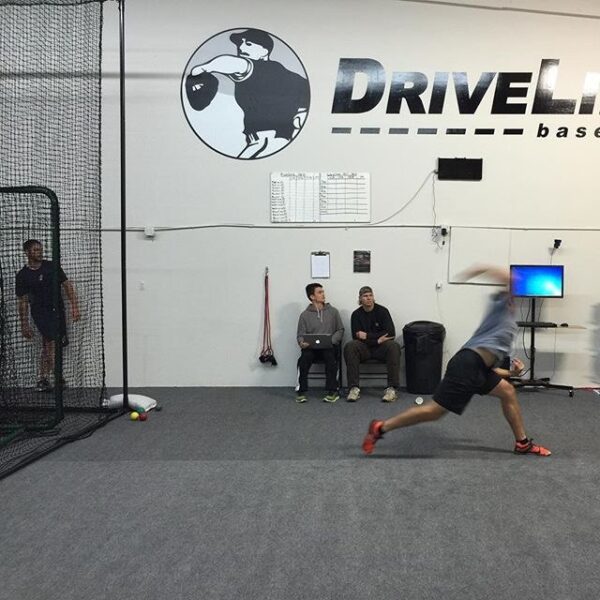
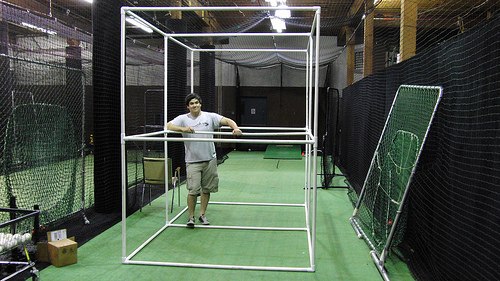
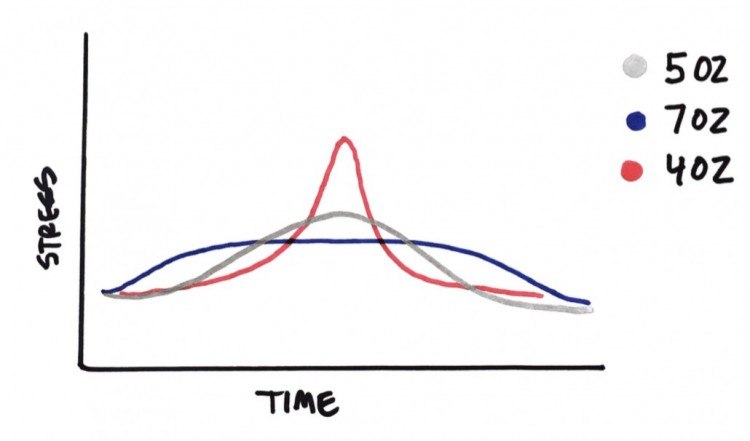
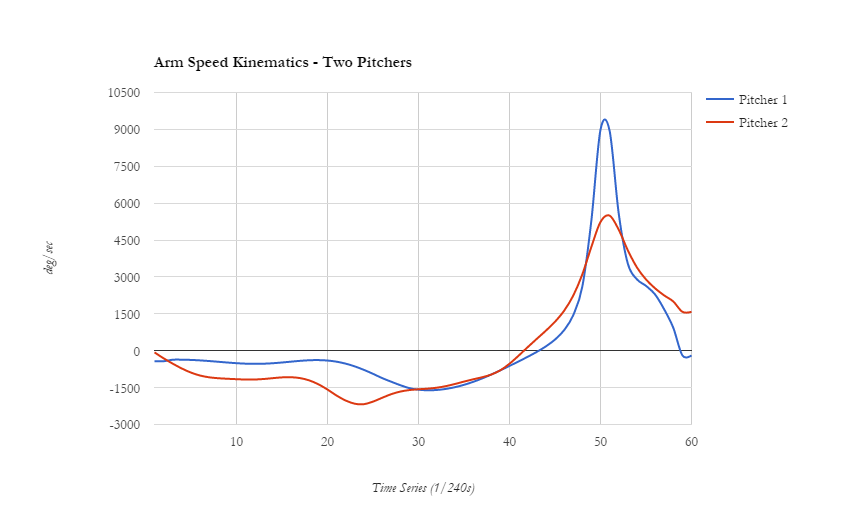

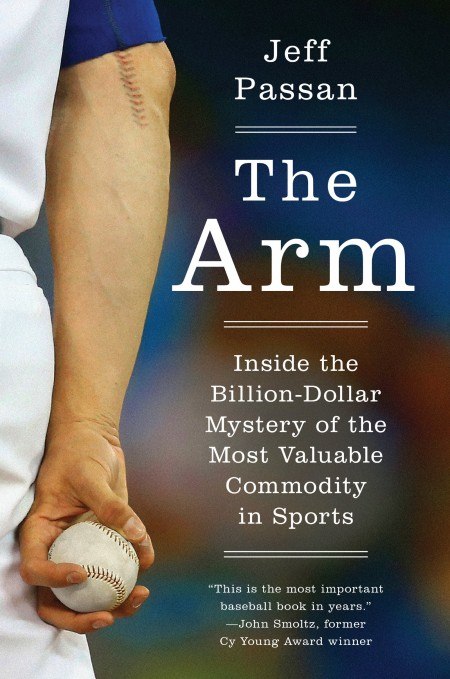
MASH Report (3/14/16) | FanGraphs Fantasy Baseball -
[…] • Mike Reinold recently wrote about some of the injury issues with using weighted baseballs for velocity training. Kyle Boddy responded to some of Mikes points. […]
Are "Safe" Baseball Training Methods Causing More Injuries? - Driveline Baseball -
[…] spoke a little bit about the consequences of safety from a performance training side in a previous blog post, but there’s another side of this […]
4 Great Reasons To Throw Weighted Baseballs - Driveline Baseball -
[…] Update: At the time of publishing we made the claim that underweight balls were safer than 5 oz baseballs. After years of continuing research and validated research by other third parties, we now know that underload throws are more stressful. For more on this read: Weighted Baseballs Safety and Consequences […]
Baseball-Specific Training vs General Workouts: You Need Both, At Different Times - Driveline Baseball -
[…] isn’t just about enhancing performance itself. Injury reduction is also a key component (and a hot-button topic in its own right). To best address injury reduction, the pitcher must be able to “off-set” baseball-specific […]